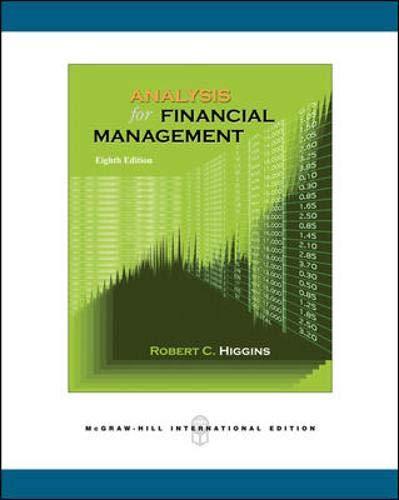Question
Details of task: You will be required to prepare a summary extending to no more than one single-sided A4 page setting out a basic problem
Details of task: You will be required to prepare a summary extending to no more than one single-sided A4 page setting out a basic problem solving framework for GST problems. The framework should refer to key legislative provisions and have sufficient detail to serve as a one-stop shop that you could use as a guide to assist you in answering any GST problem you might be presented with in the final examination. On the next page there is a sample problem-solving framework (dealing with Capital Gains Tax) similar in style and content to the framework required for this task.
Word Limit: The indicative length of the response expected for a complete answer to the question is approximately 300 words although no strict word limit is set for this task. You should aim to keep your answer to a single-sided A4 page.
Sample CGT Problem-Solving Framework
1.Has there been a CGT Event?
s 102-20 You can make a capital gain or capital loss if and only if a CGT event happens. s 104-5 contains a summary table of 36 events, followed by detailed definition sections.
2. Is there a CGT asset?
CGT assets - s 108-5: Any kind of property Property has its ordinary meaning. It includes the tangible thing itself, and the rights that can be exercised in relation to it.
Categories of assets:
- Collectables. s 108-10(2) - definition s 108-10(1) Losses on collectables are quarantined; they may only be used to reduce gains on other collectables s 118-10 If cost<$500, gain or loss disregarded.
- Personal use assets - s 108-20(1) a capital loss from a personal use asset is disregarded. A capital gain is disregarded if personal use asset acquired for <$10,000.
- All other assets are normal CGT assets
3.Does an exemption apply?
The summary table in s 104-5 lists some exceptions to each CGT event - e.g. Assets acquired before 20.9.1985.
Exempt assets: s 118-5 ff cars, military awards, collectables <$500; personal use assets <$10,000, compensation for wrong, injury or illness suffered personally or in your occupation, gambling prizes, main residence exemption [s 118-100].
4. Have you made a capital gain or a capital loss?
(a) Work out the cost base money paid for the asset, incidental acquisition costs, non-capital costs of owning the asset, capital costs of increasing value of the asset, capital costs to preserve or defend title to the asset).
(b) Work out your capital proceeds from disposing of the asset the money you receive or market value of property you receive for the asset.
(c) Calculate whether there is a capital gain or loss indexing is an option for pre 21 Sept 1999 acquired assets otherwise apply 50% discount method. No discount applies if asset held for less than 12 months.
(d) Include your net capital gain in your assessable income (total capital gains, less total capital losses, less prior year capital losses, less any 50% discount applicable, less any small business discount applicable).
NOTE: The taxable capital gain is reduced if the amount is already included in assessable income from the same transaction.[s118-20] This avoids overlaps with other income tax provisions.
This is Australian taxation law
Step by Step Solution
There are 3 Steps involved in it
Step: 1

Get Instant Access to Expert-Tailored Solutions
See step-by-step solutions with expert insights and AI powered tools for academic success
Step: 2

Step: 3

Ace Your Homework with AI
Get the answers you need in no time with our AI-driven, step-by-step assistance
Get Started


